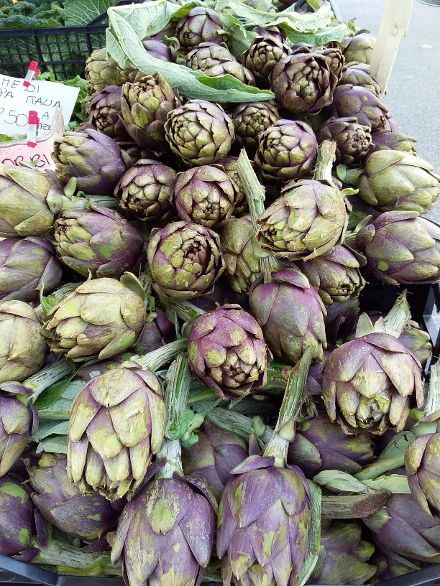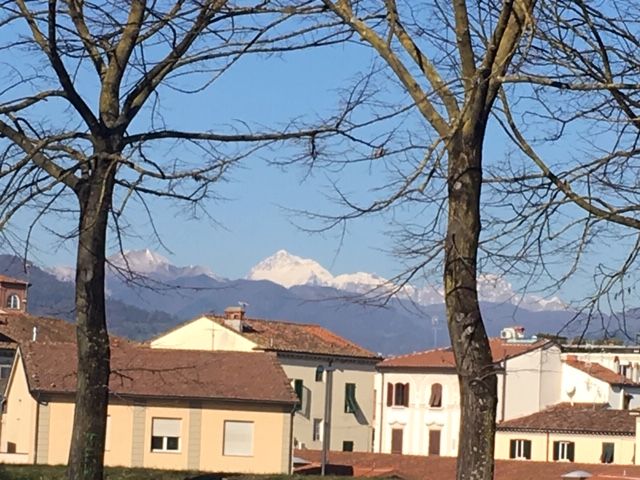An Italian Easter
Italy knows how to put on a holiday show and Easter (Pasqua) is no exception. The Easter season stretches from pre-Lenten Carnevale celebrations, to the processions for Palm Sunday and Good Friday, to solemn Mass on Easter Sunday and finally to Pasquetta, the Monday after Easter.
Pretty Easter decorations in a shop along Via San Georgia, Lucca
The season is at its best when the calendar places Easter late in April, allowing it to unfold along with the Italian primavera (spring). This year April has been glorious here in Lucca - warm days, occasional spring rains, wild flowers in bloom along the city walls, trees in full flower, and - my personal favorite- gorgeous trellises and walls overflowing with wisteria blooms. (We’ll give you a taste of the natural beauty in next week’s post, so stay tuned!)
Shop window, Via Roma, Lucca
The shops are overflowing with Easter decorations and window displays. And the chocolate shops! Huge chocolate eggs containing hidden surprises, candy eggs, and lots of chocolate Easter chickens. And really, given that bunnies don’t lay eggs, don’t chickens make more sense?
Yesterday was Easter Sunday; today is Pasquetta or “little Easter.” It is celebrated as a national holiday and a day for picnics and casual celebrations. I’ll celebrate with visiting friends, a walk through town to see the colorful wisteria, window gazing, and a toast to an Italian Easter. -post by JMB
Translation: Better an egg today than a chicken tomorrow!

































